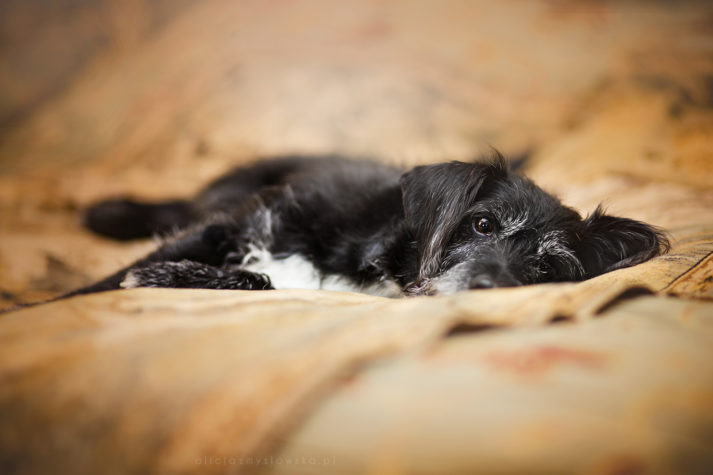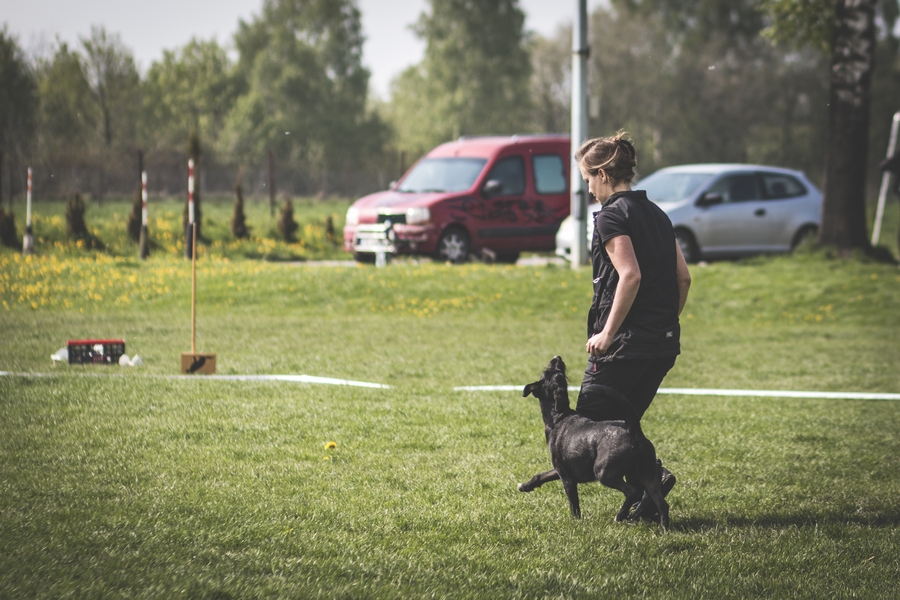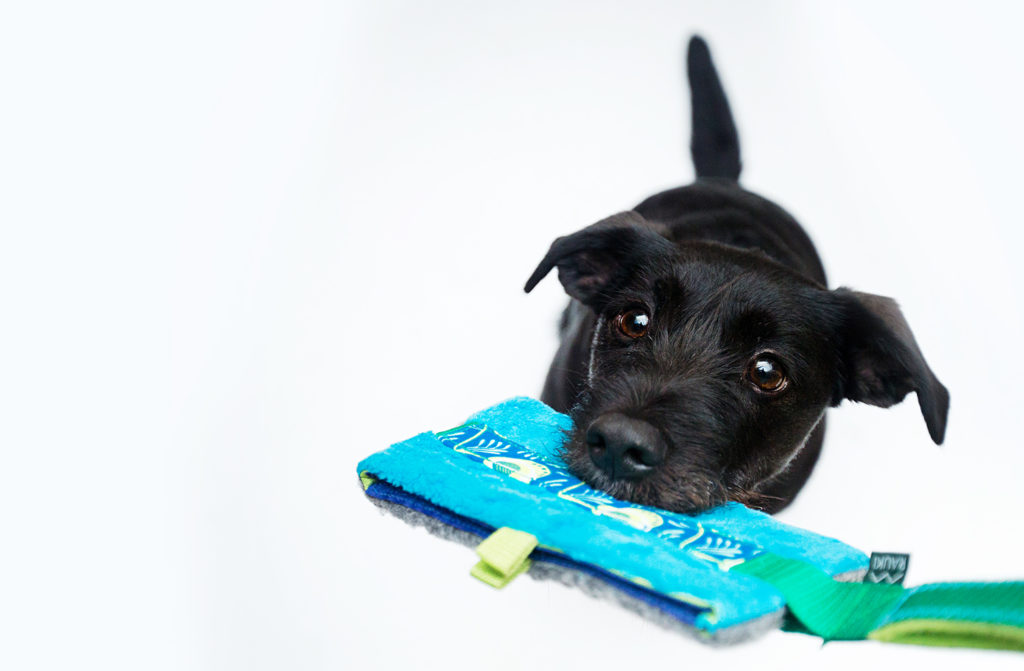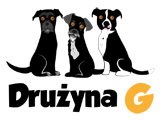
In the shortest possible way shaping is a process of reinforcing successive approximations of a targeted behavior. What shaping is not is waiting for the dog to come up with a plan and “offer behaviors” among which trainer will choose the relevant ones. That’s just poor training and not shaping. But to the point. Do we need to have a cue for shaping? If yes why?
If we train with an object, the particular object becomes the cue for shaping. If you teach going around the cone, or paw target, then object itself is a cue for your animal to interact with. Of course, we usually later place stimulus control on behavior, so that object without an added cue is not evoking behavior.
The problem appears when we shape without objects. There is not target, there is no cone or mat. It means our dog will pick out cue from the environment (our body, location etc) in which we started to shape this behavior. In future, even after we will add a verbal cue, or visual cue, our dog will be very likely to present this behavior “without cue”, or at least this is what we may think so. Especially if we not aware of the environmental cue our learner has chosen for this behavior. Old cue, the cue our animal has chosen during shaping process will be present. We can work through the protocol of new cue, old cue, but only if we are aware of what was relevant for our dog. The problem is very often we don’t have a clue. What happens is, when environment will cue our dog, behavior will be evoked.

For us trainers, it means we should be very much aware what we teach our dogs, how many times have you seen dog spins or turns his head, almost instantly when handler holds clicker, sits down on the floor or start shaping session in a different way. Often they are labeled as “impatient”, “easily frustrated”, “hard to shape”. But the truth is much easier. If we don’t add a cue to shaping process of a specific behavior, dog will pick it out himself. Our learner picks out what is relevant, not us. Adding an object to the environment, that will predict WHAT behavior you are working on, will help you and your dog to discriminate between them. This object can simply be next to you, it can be specific place in the room (used only for shaping down for example), or a hat you wear. It is much easier to remove this cue after you add stimulus control to the behavior. Because if not then maybe your dog chooses as cue for backing, the way you sit, and next time you want to shape different behavior, sitting in the same you may be in trouble. You dog will start offering backing, because the way you sit is an old cue for this behavior. Imagine how hard it would be to start teaching a new behavior. Dog will repeat previously reinforced in the similar situation behaviors.

I have recorded an example how our learner picks out what is relevant. I have shaped backing with Gacek without using any specific, deliberate environmental cues. Gacek being smart, picked his own cues. Not exactly what I was hoping for, but he has chosen me sitting with my legs crosses as the cue for backing. So now even though I have added a verbal cue to backing, and he can do it while I’m standing, sitting on the chair etc, he can also and will also do it “without cue” when I’m on the floor, with my legs crossed. Because it is an old cue, very strong cue, reinforced so many times for prolonged time. If I was aware of it, while I was shaping this behavior, I could have prevented it. First by reinforcing default position, by more likely by adding visual cue, I could have removed later, preventing the behavior from happening.
So on the video, Gacek and no object, look what he does. When I am on the floor with my legs crossed, default is backing. I deliberately cued some known behaviors, and he was doing some of them, BUT almost always he added few steps backwards. NOT because he was “hectic”, “impatient” or “easily frustrated”, he did it ON CUE. Look what happened when I have added a blanket I use to shape his laying on the side behavior, I didn’t change my position. It was just that object, visual cue is stronger for him than my body position, because this is old cue for this behavior. After I am done with shaping this behavior, I will add a cue, remove the blanket, have the behavior on stimulus control and avoid resurgence. I have much more chances that he will not offer this behavior “out of blue”, because old cue will not be present.
Imagine how hard would it be for me to start shaping process of another behavior while sitting on the floor with my legs crosses. Of course now I am aware of it, so I won’t even try. BUT what if I wasn’t and tried it. What do you think would have happened?
Next time you want to try shaping some behaviors, think about cues, think about what could become relevant for your learner. Keep in mind that it can be something absolutely different than it is for you.
